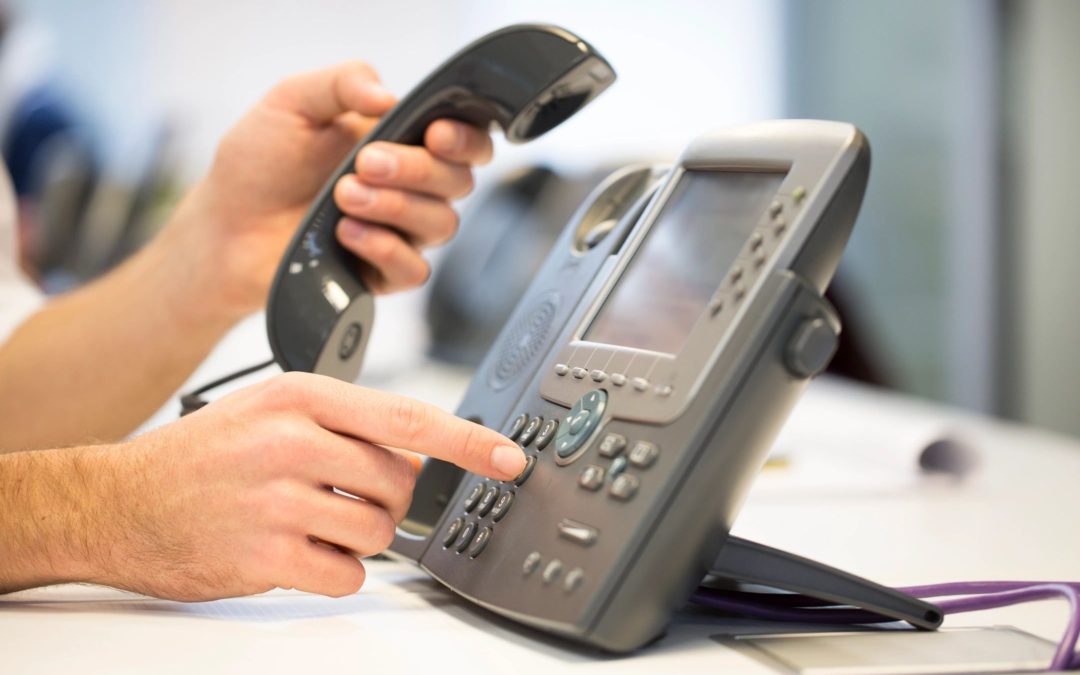By: Tom Ritchie and Tim Heverin
A recent PTAB decision underscores the importance of establishing the level of ordinary skill for a successful obviousness challenge. Cisco Sys., Inc. v. Uniloc USA, Inc., IPR2017-00058, Paper 17 (PTAB Apr. 6, 2018). It is well established that the perspective of one of ordinary skill in the relevant art at the time of the invention is used to determine whether an invention would have been obvious. KSR Int’l Co. v. Teleflex Inc., 550 U.S. 398, 420 (2007).
In one instituted ground in this IPR, the Petitioner challenged twenty claims of U.S. Patent 7,804,948 (“the ’948 patent”), including claim 1, as obvious over two prior art references, WO/02/21816 (“Hamberg”) and U.S. Patent 6,747,970 (“Lamb”). IPR2017-00058, Paper 17 at 2. The ’948 patent relates to a method for “initiating a voice conference call” using an instant messaging system. Id. at 3–5.
One step of method claim 1 in the ’948 patent requires “generating a conference call request responsively to a single request by the conference call requester, said conference call request identifying each of the potential targets for said conference call request.” The Petitioner asserted that Hamberg taught a “conference call request” message, which identified the potential targets, and that Lamb disclosed a “conference now button,” which could be pressed to generate “a single request.” Id. at 22–23. The Petitioner articulated reasons why a person of ordinary skill would have incorporated Lamb’s button into the user interface of Hamberg’s mobile phone rendering the claims obvious. Id. at 23–24. In turn, the Patent Owner argued that the Hamberg and Lamb combination did not disclose “automatically composing the [conference call request] message,” and argued that the Petitioner was merely “speculating” that the software on Hamberg’s mobile phone could be modified to do so. Id. at 25.
To settle the issue, the PTAB looked to the level of ordinary skill in the art. The parties’ experts generally had agreed that an artisan would have had the equivalent of a bachelor’s degree in Electrical Engineering or Computer Science, and between two to five years of experience in computer programming and software development. Id. at 6–7. The PTAB looked further, to deposition testimony, in which the Petitioner’s expert explained that such an artisan would have known how to program a phone to perform the claimed step:
“[T]he prior art doesn’t need to talk about how to do software programming. . . . [Persons of ordinary skill in the art] don’t need to be taught to write computer programs or functions . . . you don’t have to include a programming manual . . . to say that it discloses writing a software program.” Id. at 21.
The PTAB found this testimony persuasive, and determined that “a person of ordinary skill would have been able to write software programming” to automatically generate a conference call request message in response to pressing a button on a mobile phone. Id. at 26. The challenged claims were held unpatentable as obvious over the combination of Hamberg and Lamb.
This IPR emphasizes the importance of presenting expert testimony to establish the knowledge of a person of ordinary skill in the art in an obviousness analysis. Typically, parties focus on education and work experience to establish the level of skill. But, as seen here, the PTAB will also consider examples of the knowledge and skill that accompanies such education and experience as further support that a skilled artisan would have combined the teachings from prior art.
Latest posts by Tim Heverin (see all)
- PTAB Reconciles Its Prior §101 Ruling With CBM Institution - December 2, 2019
- Fed. Cir. Dissent: Opening Brief Lacking Appointments Clause Mention Still Eligible for Remand - November 27, 2019
- Precedential Opinion Panel to Review Same-Party Joinder - December 7, 2018

